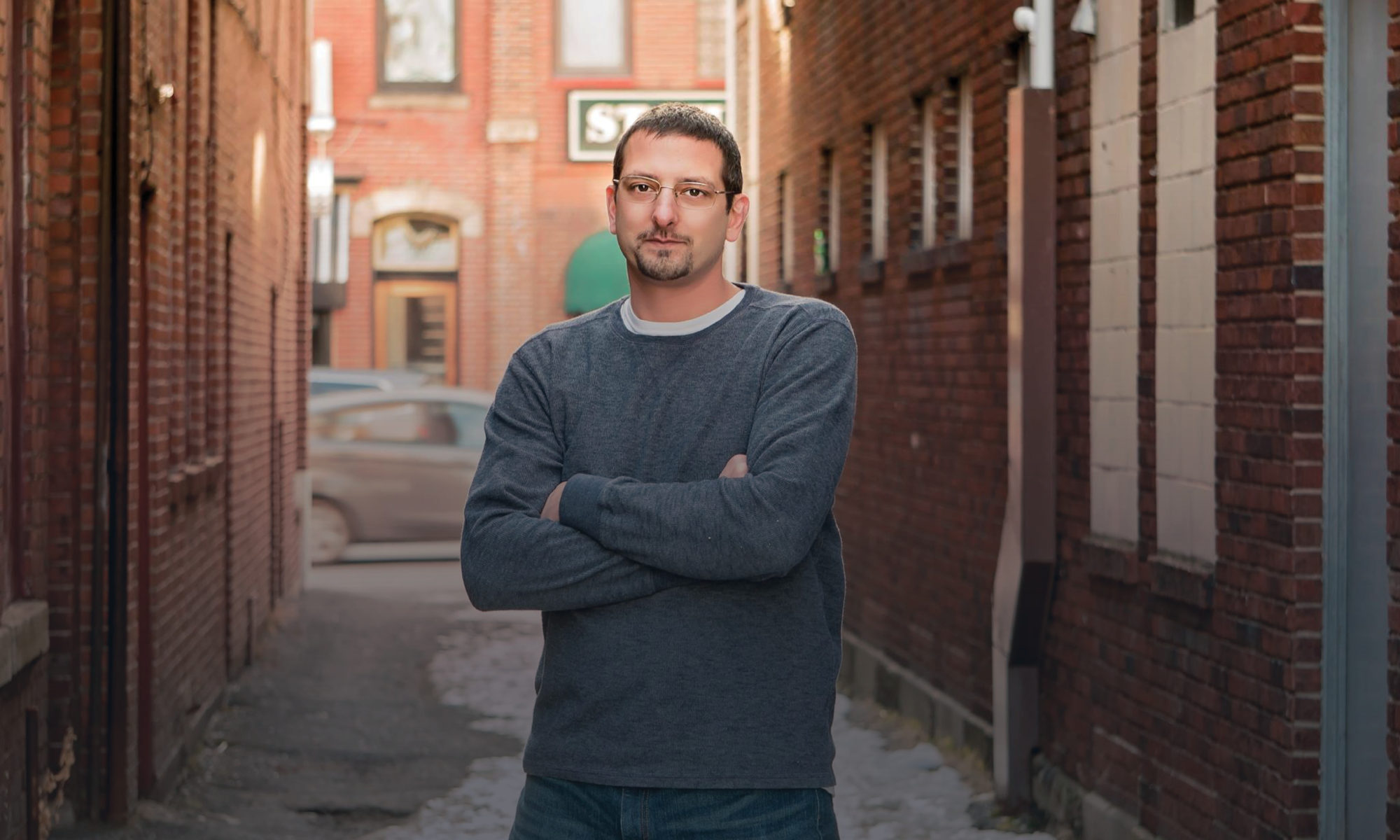Not all abuse happens in isolation. In fact, believe it or not, much of it happens directly in front of us. Consider the most recent public account with Dr. Larry Nassar. He abused many of his hundreds of victims as he casually carried on conversations with their parents. Rachael Denhollander, the first victim of Nassar’s to publicly come forward by name, recently described what was going on in that doctor’s office:
She reviewed Nassar’s training videos and PowerPoints with MSU investigators, pointing out where “Nassar would have the same hand placement during her appointments with him so [her mother] would have been able to see the external massage but … [not] that Nassar’s other hand was under the towel penetrating her vagina and/or rectum,” the report says.(1).
What Nassar did was not unique or uncommon to abusers. I’ve personally spoken with hundreds of survivors who have told me that they were abused in the same room as adults, and often while their abuser was speaking with some of those adults. Most of us falsely believe that this is impossible, or that somehow these adults are oblivious, ignorant, or negligent. Experts in the field of abuse speak about the abuse of children in front of others in terms of “control and power.” But that’s only a fraction of the equation and it tells us nothing about how they actually successfully pull it off time after time.
Getting away with abuse in plain sight has to do with how our human brains are wired and how abusers, like magicians, learn to hack them. According to neuroscientists Dr. Susana Martinez-Conde and Dr. Stephen Macknik, our “reality” is based on what we expect to see, hear, feel, and think. Whether it is intuitive or learned by some other method, abusers know this and they are masters at shaping–even creating–our reality through multiple layers of their specific techniques.
I had the honor of sitting at the feet of Drs. Macknik and Marinez-Conde while they presented demonstrations of how our brains miss seeing actions that happen directly in front of our eyes. For the first time, we will be peering deeper into the human brain to understand better how and why abusers develop these sophisticated techniques.
Too often organizations are confident they are doing a good job of preventing abuse by increasing awareness, conducting background checks, and by implementing the “two deep” rule, where at least two adults are present with children at all times. The problem with this is that it doesn’t matter whether there are two or two hundred adults in the same room as children. Abusers know what to look for in us and they routinely abuse children and other adults in plain sight.
The following video is part 1 of a 2 part series in understanding what it is about us that makes us blind to abusive actions that are happening within inches of us. Part 2 will be released very soon.



One Reply to “Not So Fast: Being in the same room as children doesn’t prevent abuse and here’s why”
Comments are closed.